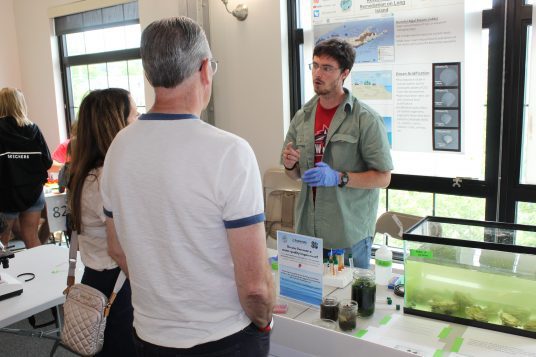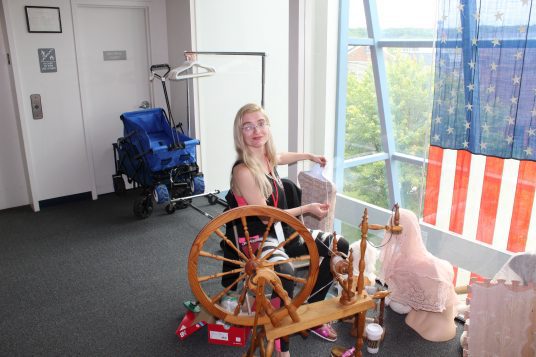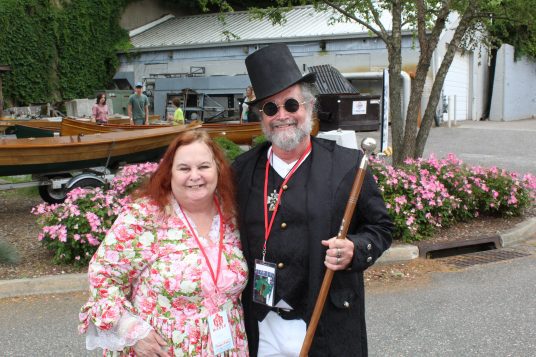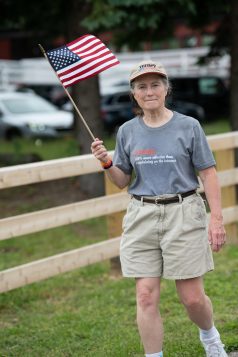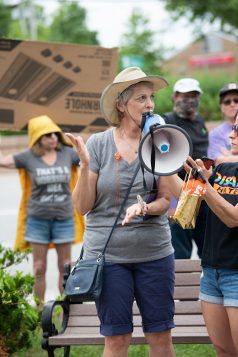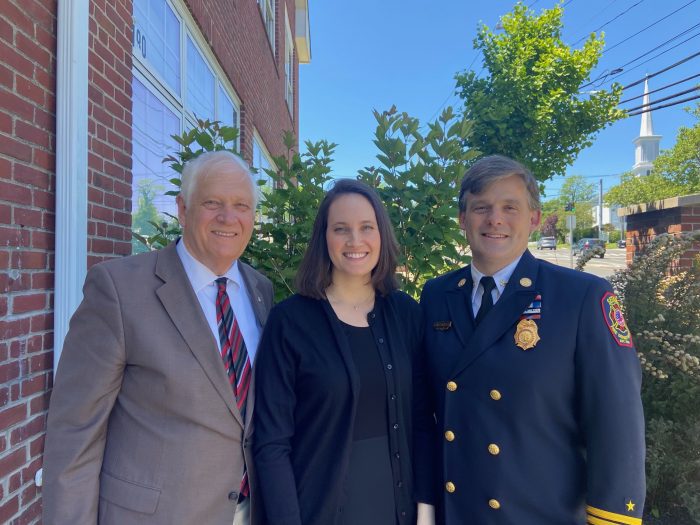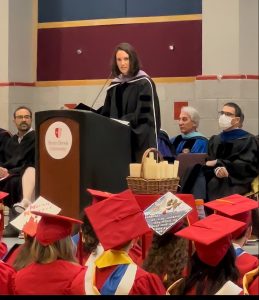Suffolk County Executive Steve Bellone (D) held a press conference in Hauppauge on Friday, June 17, in support of public campaign finance for county offices.
Under a 2017 statute, a public campaign finance fund was created to use revenues generated by Jake’s 58 casino. The program, which is set to begin during the 2023 election cycle, is now meeting stiff opposition from the Republican majority in the county Legislature, which favors using those funds for public safety initiatives.
Under pressure to repeal the law, Bellone explained the intent of this experimental program, saying its basis is to maintain “the people’s faith and trust in government.”
‘For too long, the power of the people has been drowned out by those other stakeholders, has been overwhelmed by them, and that has real consequences.’
— Steve Bellone
Bellone defended the public campaign finance law, claiming that it achieves two goals: Empowering ordinary citizens to run for public office and weakening the power of special interests and party leaders. He suggests the law preserves the integrity of the electoral process and strengthens democracy.“For too long, the power of the people has been drowned out by those other stakeholders, has been overwhelmed by them, and that has real consequences,” he said. “It has consequences for taxpayers because you get a less efficient government, a government that is not necessarily focused on solving problems for the citizens it represents but focused more on those other stakeholders, those special interests.”
The county executive emphasized that the campaign finance program is not financed through tax dollars. Rather, it is supported through revenues collected from Jake’s 58 casino, which Suffolk Regional Off-Track Betting purchased last year for $120 million. “I can’t think of a better way that we can utilize those dollars,” he said.
Compared to the multibillion dollar annual county budget, Bellone added that this fund is negligible. For this reason, he advocates using this small portion of public revenue to invest in the political process.
“We spend public monies every day with the intent of benefiting the public, whether it’s on housing or on water quality or a host of other issues,” he said. “We’re talking about a little relative to the county’s $3.5 billion budget — it’s virtually nothing. Let’s spend that small portion on our democracy.”
Jason Richberg (D-West Babylon), minority leader of the county Legislature, joined Bellone in defending the program. Richberg primarily objected to the repeal efforts on the grounds that the program has not even been tested, arguing Republicans in the Legislature should give it a chance before tearing it down.
“Time and time again, we hear in the Legislature that we’re putting good money after bad,’” he said. “There’s funding. We have a plan. Run it and let’s critique it after it runs.” He continued, “Let’s let it go through and if you don’t want to join, then don’t join.”
Mercy Smith, executive director of the Suffolk County Campaign Finance Board, reiterated these points. She highlighted the program’s voluntary nature, saying that individuals can opt out if they do not want to partake in it. She also said the program encourages grassroots campaigning, a departure from the current practice of soliciting large contributions from special interest groups.
“The program is really designed to optimize the potential of all Suffolk County residents who have the desire and the gumption and the ability to persevere and want to run for office,” she said.
Smith said that the program holds participants to a high standard, promoting transparency in the public disclosure of their campaign finances. Participants are asked to be fully fiscally responsible, to adhere to conservation and expenditure limits, to comply with the board’s oversight and audit procedures, and to commit to the program’s spending limits.
Additionally, the program does not discriminate on the basis of party, incumbency status or any other criteria. “This program is for teachers, it’s for first responders, police officers, it’s for business owners,” she said. “This program is for anyone who wants to participate and become a public servant and make our government in Suffolk County better.”
Susan Lerner, executive director of Common Cause New York, said the purpose of public campaign finance both in Suffolk and around the country is to place voters at the core of the political process.
“The whole purpose of the campaign finance program, a matching fund program, is to center the voters in our government process,” she said. “Not special interests, not people who can write outsized checks, but the everyday residents of Suffolk County.” She added, “This system is set up to do exactly that, using specially designated funds, not taxpayer money, to encourage candidates to invite the voters into the system.”
A vote to repeal the program is scheduled for Wednesday. Republicans control the county Legislature with an 11-7 majority. A two-thirds majority of the Legislature, or 12 votes, would be required to override a veto from the county Executive.

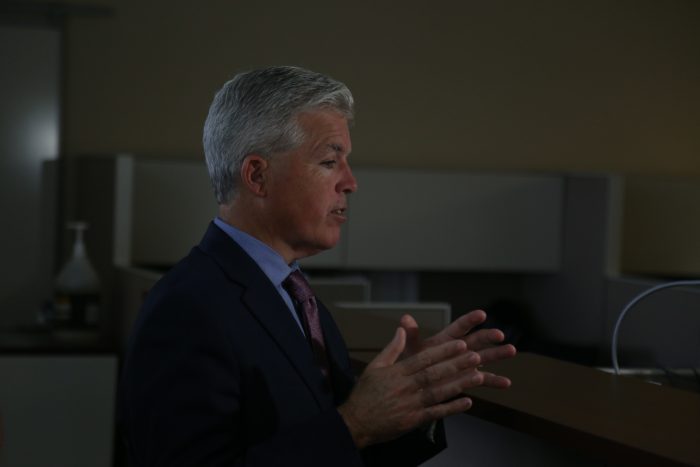





 Cheryl Pedisich has led the district for 10 years, and the position was the culmination of several she has held in Three Village since 1984. Current assistant superintendent for educational services Kevin Scanlon will officially assume the role of superintendent on July 6.
Cheryl Pedisich has led the district for 10 years, and the position was the culmination of several she has held in Three Village since 1984. Current assistant superintendent for educational services Kevin Scanlon will officially assume the role of superintendent on July 6.




